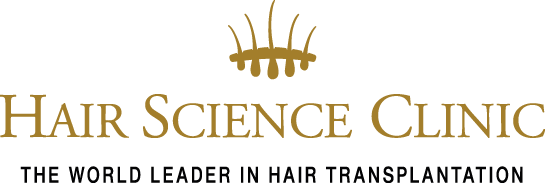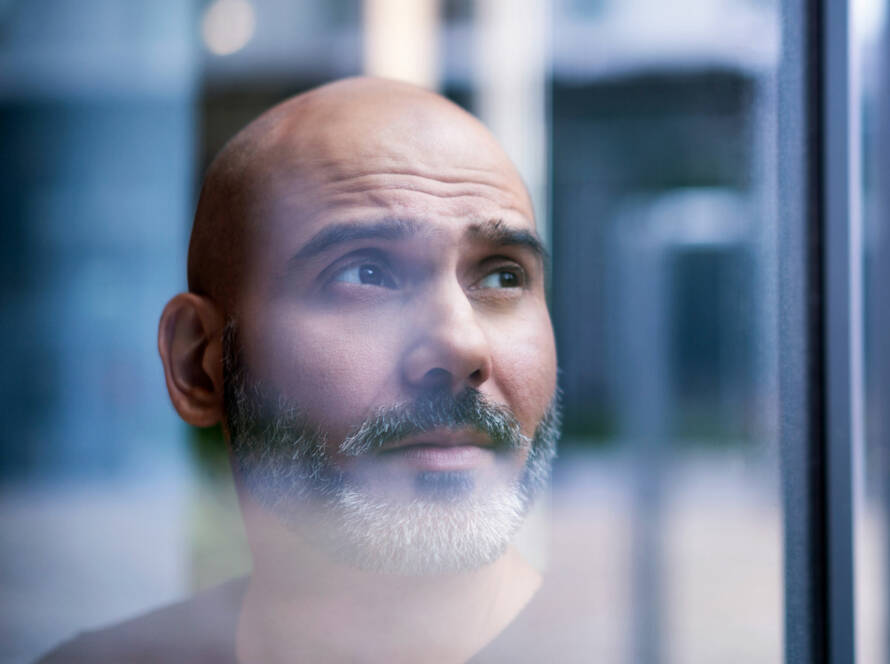The most widely used hair transplantation techniques today are Follicular Unit Extraction (FUE) and Hair Stem-cell Transplantation (HST). Although both techniques are based on the same principle – extracting hair and then implanting it in a new location – there are major differences in quality, safety, and results. Another major difference is the downtime after treatment: it is significantly shorter with HST than with FUE.
Days versus Weeks of Downtime
After a hair transplant, it is normal for there to be some downtime. Often, hair transplant clinics indicate that the recovery process takes several weeks. However, the recovery time required also has to do with the method used for the hair transplant: with HST the downtime is several days, with FUE it is at least several weeks.
Differences in Downtime
FUE
- Relatively large wounds
- Scarring
- Painful recovery period
- Considerable downtime
- Weeks recovery
HST
- Minimal wound formation
- No scar formation
- Painless recovery period
- Minimal downtime
- Days of recovery
Why Does Recovery Time Vary by Technique?
The explanation for the difference in recovery time has everything to do with the technique used for hair transplantation. In FUE, whole hair follicles are extracted, which means that the incisions (wounds) made during the procedure are relatively large. The fact that the hair follicle is extracted in its entirety is also the reason why FUE often leaves point-shaped scars in the donor area, which are visible with short hair.
Anesthesia
During a hair transplant, donor and recipient areas are locally anesthetized. Many people experience this anesthesia as painful, because coarse equipment is used and/or the practitioner performing the hair transplant is not very gentle.
HST: Minimal Discomfort
HST is a finer-grained technique in which only part of the hair follicle – rather than an entire hair follicle – is extracted. The stem cells in this particle create new hair growth in the recipient area. The stem cells left behind provide almost complete restoration of hair growth in the donor area. Thus, HST has virtually no scarring. Because the technique is so intricate and works with precision instruments, patients experience virtually no pain.
Therapy for Burn Patients
From the extraction and reinsertion of the grafts you feel nothing, because your skin is anesthetized. During anesthesia, tiny needles are used to ensure that you feel as little as possible. In fact, one of the principles of HST, once developed as a therapy for hair restoration in burn patients, is minimal discomfort during and after the procedure. Anesthesia is the only part of an HST treatment that some describe as “sensitive.” Most clients experience HST treatment as pleasant. There are even clients who describe it as a “wellness experience.”
Fast Recovery
As a result of the delicate HST approach, the transplanted grafts attach at lightning speed: within 48 hours of treatment. This is because the grafts (particles of tissue containing hair stem cells) fit precisely into the small incisions. The skin also recovers quickly in the days following the procedure. Blood flow is restored within one day. As a result, wound healing is rapid, the risk of scarring is virtually nil, and downtime is minimal. Receiving and donor areas – thanks to the use of precision instruments – are usually completely healed within seven days.
Back on Your Feet Quickly
Clients can basically return to work and function as usual the day after an HST treatment. Only heavy physical exertion, sweating, and touching/bumping should be avoided for a while. The implanted skin may be slightly swollen and red in the first hours after the procedure. You will receive comprehensive tips and advice on how to prevent swelling and possible itching for optimal recovery and end result.
Pressure Relief
With FUE, the wound formation is larger than with HST, which can also cause more discomfort and complications after the treatment, especially if there is insufficient aftercare. For example, many FUE providers advise their clients to wear a pressure bandage on the head for at least three days to ensure that the swelling does not spread to the eyes. Also, due to the larger wound formation, there is more risk of loss of implanted grafts and complications such as inflammation. Especially if aftercare is poor and/or instructions are not followed properly.
HST Scores Better
Many FUE clinics recommend not cutting the implanted hair for 12 months and using special shampoos and lotions for a long time. This is not an issue with HST: from day four after an HST treatment, you can carefully wash your hair again with shampoo, blow-dry it, and comb it. You may also wear headgear again from day four. From two weeks after your treatment, you may resume using your usual styling and fiber products. In short, in terms of downtime and discomfort after the treatment, HST scores considerably better than other techniques.
Boosting Results
Additive treatments are offered or even “urgently recommended” by many clinics. Yet additive treatments are not at all necessary for a properly performed hair transplant. The result of a properly performed hair transplant should be good anyway, with or without additive treatments. Therefore, additive treatments should only be offered if side effects or complications are expected. This is the case, for example, with certain dermatological conditions.
Additive Treatments
Additive treatments for hair transplants can be divided into treatments to prevent side effects or complications and treatments to improve the result of a hair transplant. Many clinics today offer standard additive treatments. They do so not to prevent side effects but to improve the results of hair transplants. Additive treatments can range from vitamins and nutritional supplements to intradermal injections of Platelet Rich Plasma (PRP).
PRP: What Is It and Does It Really Work?
Extras Are Not Necessary at All
As mentioned earlier, the result of a hair transplant – if done properly – should definitely be good, with or without additive treatment. Additive treatment should really only be offered if the doctor expects side effects or complications in the patient. In other words, with a well-executed treatment, the use of additives such as PRP, vitamin supplements, or Acell (a cell stimulant based on growth factors) is not necessary at all. Of mesotherapy (injecting nutrients into the scalp), scientific research shows that it has no significant value for the final result.
Get the Best Information
A hair transplant is a definitive solution for many forms of hair loss. Of all hair transplant options, the HST method is the least painful option with the least downtime after treatment: a few days recovery time compared to several weeks after a properly performed FUE treatment. During a no-obligation consultation with one of our doctors, we go into detail about your personal situation and wishes. Based on this intake, we will give you a customized advice and a free quote.
Hair Science Institute has been involved in clinical studies and basic scientific research in the field of hair stem cells and tissue engineering since 1995, together with international universities and teaching hospitals, among others. Focus is on improving existing treatment methods and developing new therapies for hair restoration. We aim to treat as customer-friendly, cost-efficient and sustainable as possible in our Hair Science Clinics.



